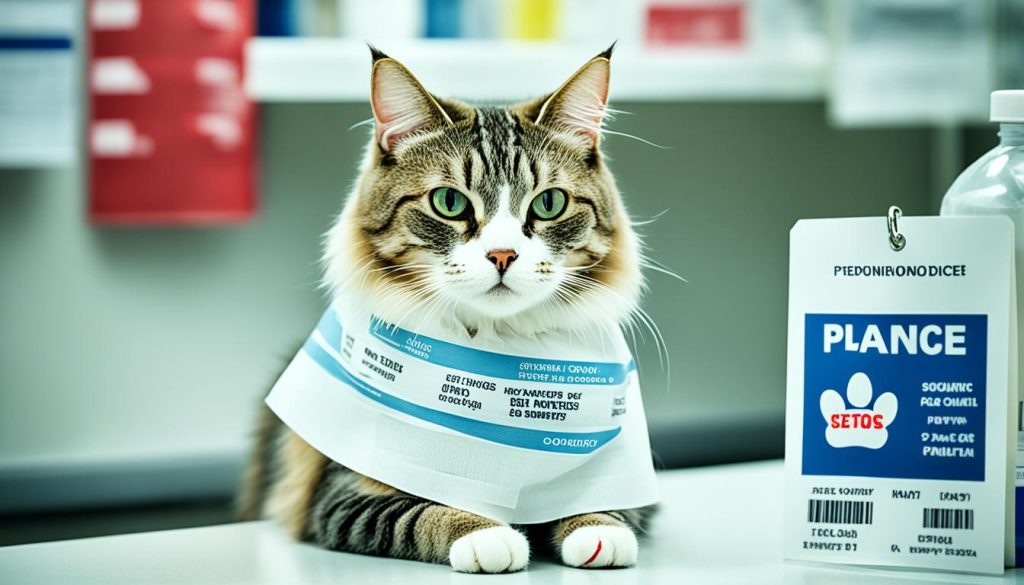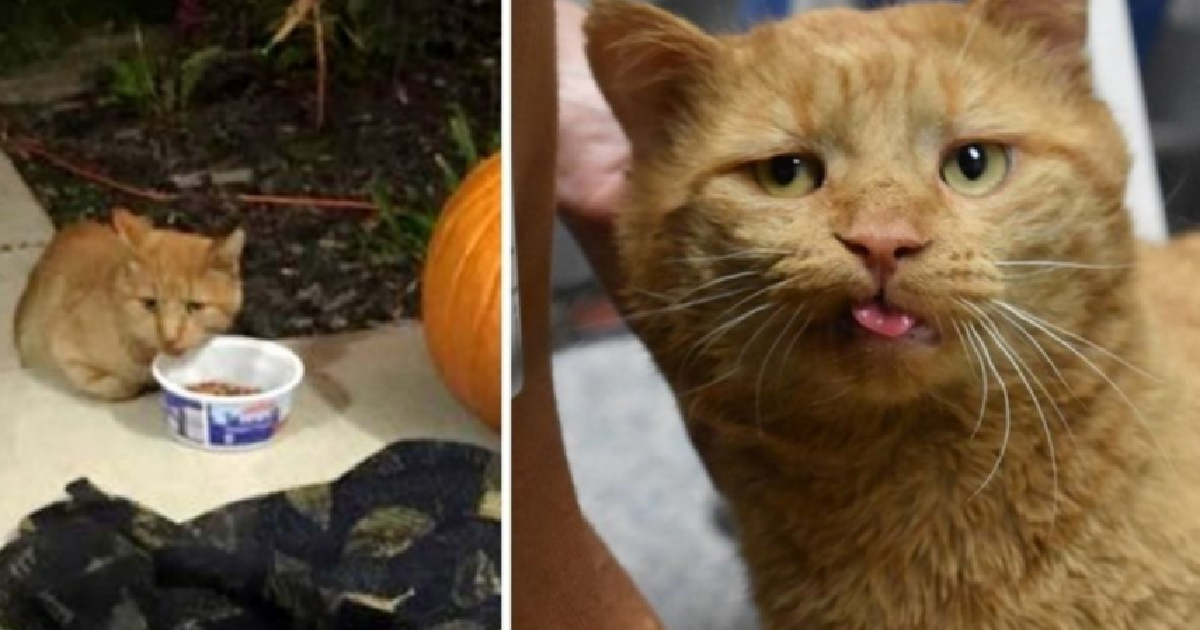Giving careful thought to the decision of declawing a cat involves considering many factors. One crucial consideration is the cost associated with the procedure. Understanding the expenses involved will help you make an informed decision for your feline companion.
Declawing a Cat Cost
- Declawing a cat can range in cost from $600 to $1,800.
- The final price depends on various factors including the procedure itself, anesthesia, medications, and the age of the cat.
- Choosing a qualified vet with experience in declawing is crucial for successful and humane results.
- Consider alternative options such as nail trims, nail caps, and behavioral training before opting for declawing.
- Post-declawing care, including monitoring, antibiotics, and pain management, should also be factored into the overall cost.
Understanding the Cost of Declawing
When considering the option of declawing your cat, it’s essential to understand the associated costs. The average cost of declawing a cat typically hovers around $600. However, it’s crucial to note that additional expenses may arise throughout the process, influencing the final price.
The declawing procedure cost covers more than just the surgical procedure itself. Other expenses to consider include anesthesia, pre-surgery exams, post-operative medications, and any potential overnight stay required for post-surgery monitoring. These combined costs can significantly impact the overall price of declawing a cat.
The age of the cat is another factor that can affect the cost. Generally, declawing kittens might be less expensive compared to adult cats due to their faster recovery time. Therefore, if you’re considering declawing an adult cat, keep in mind that the cost may be higher compared to declawing a kitten.
- Anesthesia expenses
- Pre-surgery examinations
- Post-operative medications
- Cost of overnight stay for monitoring
When evaluating the affordability of declawing a cat, it’s essential to consider all these factors. Take the time to discuss the estimated costs with your veterinarian, ensuring you’re well-informed about the financial considerations associated with the procedure.
Choosing a Qualified Vet for Declawing
When deciding to declaw a cat, it’s crucial to choose a qualified veterinarian who can provide the best care for your pet. The expertise and approach of the vet can impact both the cost and the overall well-being of your feline companion. Here are some important factors to consider when selecting a vet for declawing:
-
Experience in Declawing: Look for a vet with a proven track record and experience in performing declawing procedures. Experience ensures that the vet has developed the necessary skills and techniques to minimize complications during and after the surgery.
-
Preferred Methods: Opt for a vet who utilizes preferred methods for declawing, such as laser surgery. Laser surgery is known for its ability to minimize pain and reduce bleeding, leading to a smoother and faster recovery process for your cat.
-
Pain Management: Ensure that the vet prioritizes pain management throughout the declawing process. Pain medication and other pain management techniques can help alleviate discomfort and promote a more comfortable post-surgery period for your cat.
-
Clear Communication: Choose a vet who takes the time to explain the entire declawing procedure, including pre-surgery preparations, the surgery itself, aftercare, and potential risks. Clear communication is essential to ensure that you are well-informed and can make educated decisions regarding the procedure.
Why Choose a Qualified Vet?
Opting for a qualified vet for your cat’s declawing procedure offers several benefits. Firstly, an experienced vet is more likely to perform the surgery accurately, minimizing the risk of complications. Secondly, preferred methods such as laser surgery can lead to a more comfortable and less stressful experience for your cat. Lastly, a vet who prioritizes pain management ensures that your cat’s well-being is the top priority throughout the entire process.
Remember, the cost of declawing a cat is an important consideration, but it should not be the sole determining factor in choosing a vet. By selecting a qualified veterinarian who prioritizes the well-being of your feline friend, you can ensure a safer and more successful declawing procedure.

Methods of Declawing and Cost
When considering declawing a cat, it’s important to be aware of the different methods available and their associated costs. The three main methods of declawing a cat are:
- Traditional scalpel blade or nail trimmer method
- Laser surgery
- Disarticulation

The traditional scalpel blade or nail trimmer method is generally the least expensive option. However, it may also be more painful for the cat’s recovery. The cost of this method can vary depending on factors such as the veterinary clinic and location.
Laser surgery, on the other hand, is generally more expensive but offers benefits such as reduced bleeding and pain. The cost of laser declawing can vary depending on the complexity of the procedure and the specific veterinary clinic.
Disarticulation, which involves removing a portion of the bone, is another option. This method may be recommended in certain cases but is generally less common than the other two methods. The cost of disarticulation declawing can vary based on the veterinarian and additional factors.
When deciding on the method of declawing for your cat, it’s important to have a discussion with your veterinarian. They can provide guidance on which method is best for your cat’s well-being and consider the cost implications.
Post-Declaw Care and Costs
Aftercare plays a crucial role in ensuring a smooth recovery after declawing surgery. It is essential to consider the cost implications of post-declaw care when determining the overall expense of this procedure. Here are some elements to keep in mind:
- Optional Overnight Stay: Depending on the veterinarian’s recommendation and the cat’s condition, an optional overnight stay for monitoring may be required. This additional service incurs an extra cost but offers peace of mind knowing that your feline companion is receiving proper care.
- Antibiotics: To prevent infection and promote healing, veterinarians often prescribe a course of antibiotics after declawing. The cost of these medications should be factored into your budget.
- Pain Management Options: Cats may experience discomfort following declawing surgery. Pain management options, such as prescribed medications or patches, may be necessary to alleviate any discomfort. It is advisable to discuss these options and their associated costs with your veterinarian.
By considering these post-declaw care costs, you can have a comprehensive understanding of the total expenses involved in the declawing procedure. Remember, ensuring your cat’s well-being and comfort is of utmost importance throughout the recovery process.
Conclusion
Declawing a cat is a decision that shouldn’t be taken lightly, as it comes with lasting effects and potential consequences. It’s essential to consider not only the financial costs but also the well-being of your feline friend.
The cost of declawing a cat ranges from $600 to $1,800, depending on various factors such as the procedure itself, additional expenses like anesthesia and medications, and the age of the cat. However, it’s crucial to remember that declawing is a surgical procedure that removes the cat’s claws and can impact their physical and emotional health.
Instead of opting for declawing, there are alternatives available that can help protect your furniture and keep your cat’s claws intact. Regular nail trims, nail caps, and behavioral training can be effective solutions to manage scratching behaviors without resorting to surgery.
Before making any decision, it’s always advisable to consult with a trusted veterinarian who can provide guidance and advice tailored to your cat’s individual needs. They can help you understand the potential risks and benefits of declawing, as well as explore alternative options that prioritize your cat’s welfare. Remember, your cat’s well-being should always be the top priority.
FAQ
How much does it cost to declaw a cat?
How much does it cost to declaw a cat?
FAQ
How much does it cost to declaw a cat?
The cost of declawing a cat can range from 0 to
FAQ
How much does it cost to declaw a cat?
The cost of declawing a cat can range from $600 to $1,800, depending on factors such as the procedure, anesthesia, medications, vet-specific factors, and the age of the cat.
What is the average cost of declawing a cat?
The average cost of declawing a cat is around $600. Additional expenses may include anesthesia, pre-surgery exams, post-operative medications, and the cost of overnight stay for monitoring after surgery.
How do I choose a qualified vet for declawing?
When choosing a vet for declawing, look for experience in declawing, preferred methods such as laser surgery, good communication, and a focus on pain management and explaining potential risks.
What are the different methods of declawing and their cost?
The methods of declawing include the traditional scalpel blade/nail trimmer method, laser surgery, and disarticulation. The cost of these methods can vary, with the traditional method being cheaper but potentially more painful for the cat’s recovery.
What are the post-declaw care and cost considerations?
Post-declaw care may include an optional overnight stay for monitoring, antibiotics, and pain management options such as medication or patches. These costs should be taken into consideration when determining the overall cost of the procedure.
What are some alternatives to cat declawing?
Alternatives to cat declawing include regular nail trims, nail caps, and behavioral training. It’s important to consult with your vet to make an informed decision about declawing a cat.
,800, depending on factors such as the procedure, anesthesia, medications, vet-specific factors, and the age of the cat.
What is the average cost of declawing a cat?
The average cost of declawing a cat is around 0. Additional expenses may include anesthesia, pre-surgery exams, post-operative medications, and the cost of overnight stay for monitoring after surgery.
How do I choose a qualified vet for declawing?
When choosing a vet for declawing, look for experience in declawing, preferred methods such as laser surgery, good communication, and a focus on pain management and explaining potential risks.
What are the different methods of declawing and their cost?
The methods of declawing include the traditional scalpel blade/nail trimmer method, laser surgery, and disarticulation. The cost of these methods can vary, with the traditional method being cheaper but potentially more painful for the cat’s recovery.
What are the post-declaw care and cost considerations?
Post-declaw care may include an optional overnight stay for monitoring, antibiotics, and pain management options such as medication or patches. These costs should be taken into consideration when determining the overall cost of the procedure.
What are some alternatives to cat declawing?
Alternatives to cat declawing include regular nail trims, nail caps, and behavioral training. It’s important to consult with your vet to make an informed decision about declawing a cat.






